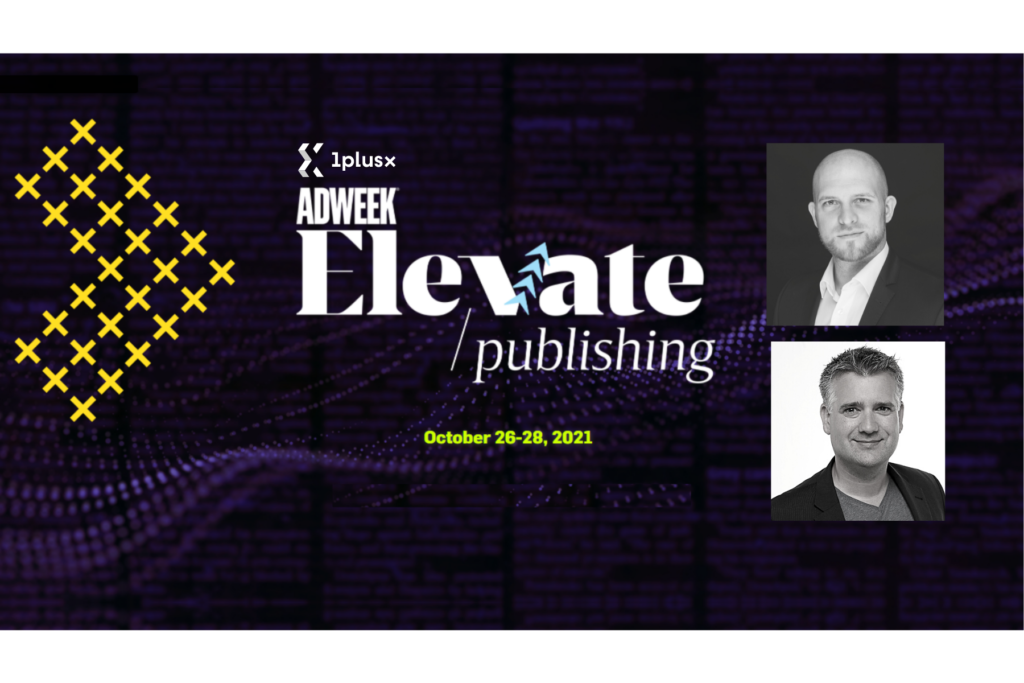Achieve 100% Audience Coverage with First-Party Data, Like Axel Springer
Each digital media player will face the impact of upcoming changes differently. Having tactics to cushion these transitions — ranging from the third-party cookie erosion to evolving data privacy laws — will help ensure addressability alongside high-quality, advertiser-valued insi
Index:

Each digital media player will face the impact of upcoming changes differently. Having tactics to cushion these transitions — ranging from the third-party cookie erosion to evolving data privacy laws — will help ensure addressability alongside high-quality, advertiser-valued insights.
What is First-Party Data?
To make sure we’re all on the same page, let’s first have a quick dive into what each data strategy looks like:
- First-party data is collected from your audience based on their behaviors directly on your company website and/or app. While this data is the most valuable and most privacy-compliant, it’s hard to scale without the proper data infrastructure to enrich it.
- Second-party data is when you pay or partner up with an external source to get their first-party data. And, you can still feel good about accuracy and privacy.
- Third-party data is a collection of various first-party data sources taken across websites and applications by independent researchers and companies that are purchased. Unfortunately, this data isn’t always privacy-compliant.
Since 2013, Safari and Firefox blocked third-party cookies and now with Google following suit by 2023, creating addressable audiences remains critical.
What is Happening to the Third-Party Cookie?
The defining characteristic of a third-party cookie is that it can be created by an outsider, which then targets people with ads. However, while it made marketers’ lives easier, it also had several disadvantages.
- An SSRN study concluded that “ads don’t have a statistically significant impact on purchase probabilities of consumers.”
- A INFORMS study examined the accuracy of more than 90 third-party audiences and saw that audience segments varied greatly in quality and were often inaccurate across leading data brokers. All in all, third-party audiences are often economically unattractive due to the high extra costs of targeting solutions and the relative inaccuracy.
- An additional study from WEIS 2019 also found that third-party cookies don’t benefit publishers. They tend to increase their revenue by only about 4% when a targeted ad is served, a fraction of a cent per advertisement.
There’s also the fact that cookies are based on history — where someone has been. You wouldn’t want to target someone who already bought those shoes or booked a given destination. It’s a waste of time, money and causes a frustrating experience for users. Nonetheless, the primary demise of third-party cookies comes from privacy concerns. It wasn’t created with privacy in mind, and this led to various scandals, distrust from the consumers, and eventually, laws that made it harder and harder to function. More specifically, the General Data Protection Regulation or GDPR went into effect in 2016 alongside the similar California Consumer Privacy Act or CCPA that went into effect in 2020. Couple that with the fact that more and more adults are “much more” or “somewhat more concerned” about online data privacy today than five years ago shows that the consumer comes first.
What First-Party Data Marketing Can Do For You
Advertisers have been prioritizing third-party data sources for years, even though many know that first-party data gives the highest return on investment of any data type. This is because integrating customer data from all touchpoints makes for a more digestible buyer journey and improves the overall marketing performance.
- Improve targeting precision. Leveraging your own first-party data allows you to gain true addressability and targeting efficiency by identifying real people across devices and channels. Better accuracy and relevancy save you money and give you the best ROI possible.
- Map the customer journey. When you’re able to create one customer identity asset from integrating and accessing your first-party data, you’re able to truly understand the steps a user takes on the road to conversion. Marketers can then send the right message, at the right time and increase conversion rates.
- Create a single customer view. The average person has 20 individual anonymous profiles across various touchpoints so when you’re able to merge them into a single view, you can better understand a user’s behavior and better predict their next move.
- Advance omnichannel measurement. Getting a 360 view of how a customer jumps around from a website to an app to in-store purchase allows for better segmentation. It also optimizes different audiences to guide their behavior on the path of conversion.
- Close the loop on attribution. First-party data allows you to better allocate media and budget spend as you now understand each point in the customer journey and what drives conversion.
- Increase relevancy. You can now better tailor your messages to offer a great customer experience throughout their buyer journey. You can also design unique brand experiences that are customizable and personalized based on preferences, location, purchase history, and more.
How Axel Springer Shifted to a First-Party Data Strategy
At Adweek’s second annual Elevate: Publishing Summit, our Vice President of Sales, Marco Dohmen, sat down with Director of Data Strategy and Products from premium publisher Media Impact (part of the Axel Springer Group), Christopher Reher, to discuss all things data. With the impending demise of the third-party cookie, Media Impact is already building a more resilient data strategy by owning their first-party data, thanks to their 1plusX partnership.
With 1plusX, Media Impact (Axel Springer Group) was able to achieve its goal of shifting to a first-party data strategy, giving the media giant the tools to engage their audiences in more direct and personalized ways.
Operating in a privacy-safe and secure way was top of mind, starting with custom data and ad log ingestion that laid the foundation for the enrichment of the Publisher’s data. 1plusX’s advanced predictive matching capabilities could then fill profile gaps and expand audiences. Other powerful tools such as segmentation through keyword and contextual targeting ensured the delivery of highly relevant ads and a more positive audience experience.
Importantly, real-time targeting from the first impression captured audience behavior from the very start, enabling even more precise audience engagement at speed and scale.
The overall result? Actionable data insights that allowed Media Impact to achieve 100% audience coverage.
“The initial fear that we had about losing reach has been mitigated by a very strong core of safe and secure data gathering, our independent ad stack, and the work that we did with 1plusX. Through machine learning, we were able to scale up the data and make it usable,” said Director Data Strategy and Products of Media Impact, Christopher Reher.
The success was in the numbers:
- Over 100% increase in CPM for targeted campaigns.
- 18% growth in sales of targeted campaigns.
- Two-to-four fold increase in audience size, with more sellable audience profiles.
- Doubling in targeted campaigns’ share of the revenue from 2019 to 2020.
- Hundreds of interest and intent segments based on first-party data.
Christopher believes that by controlling your own data, you can better control your advertising efforts. “Moving to an independent ad stack pays off because you gain control. You have the ability to control the quality of your data and you gain back the dialog. You become closer to your clients because of the direct contact with them. If you have this independent ad stack, you have everything in your hand and can leverage that. Consent has to be freely given and something you only get from trusted partners and users that you are in a dialog with. For this, we work with our partners, users, and data protection agencies to make sure that the ways we handle our information and the ways we monetize are beyond reproach.”
If you’re looking to monetize your data and enhance your first-party data strategy, then get in touch with us to see how we can help.
 Data Monetization (in a Privacy-first World) for Publishers
Data Monetization (in a Privacy-first World) for Publishers
 Stop 3rd-Party Cookie Deprecation From Impacting Revenues
Stop 3rd-Party Cookie Deprecation From Impacting Revenues
 How Publishers Can Keep Up with Digital Advertising Privacy Changes
How Publishers Can Keep Up with Digital Advertising Privacy Changes